
In this diverse and intricate ecosystem of the African savannah, warthogs are often considered part of the 'ugly five'. Still, despite their appearance, there's something remarkable about these resilient creatures. Their strength is undeniable, especially considering their relatively small size. A mother warthog, in particular, will fearlessly charge at any predator to protect her young, showcasing the powerful maternal instincts that make them such formidable animals.

Their movements may seem comical at times — if you watch them closely, they’ll often dart away, only to stop when you move, almost as if engaging in a curious game of tag. However, one mother warthog we’ve been observing breaks this playful pattern. She and her piglets remain eerily indifferent to our presence. Unfortunately, the mother is not well. Having already lost two of her piglets, a visible growth on her dewlap suggests that she's suffering from a condition likely affecting her digestive system. The impact on her health has been devastating — she’s lost considerable weight and is no longer able to nurse her remaining piglets, forcing them to start grazing prematurely. Their struggle for survival, alongside their weakening mother, is a sombre reminder of the harsh realities of life in the wild.

In contrast, the changing seasons bring renewed life to the landscape. Just as it seemed the Migration was ending, the rains returned, and vast herds of wildebeest and zebra began their journey once again, crossing the border in large numbers. Their paths now wind towards Angama Mara along the escarpment — a surprising sight given the erratic rainfall patterns that have delayed their movements in recent years. The timing and scale of their migration have shifted, and they are no longer following the usual patterns due to the increasingly unpredictable climate.

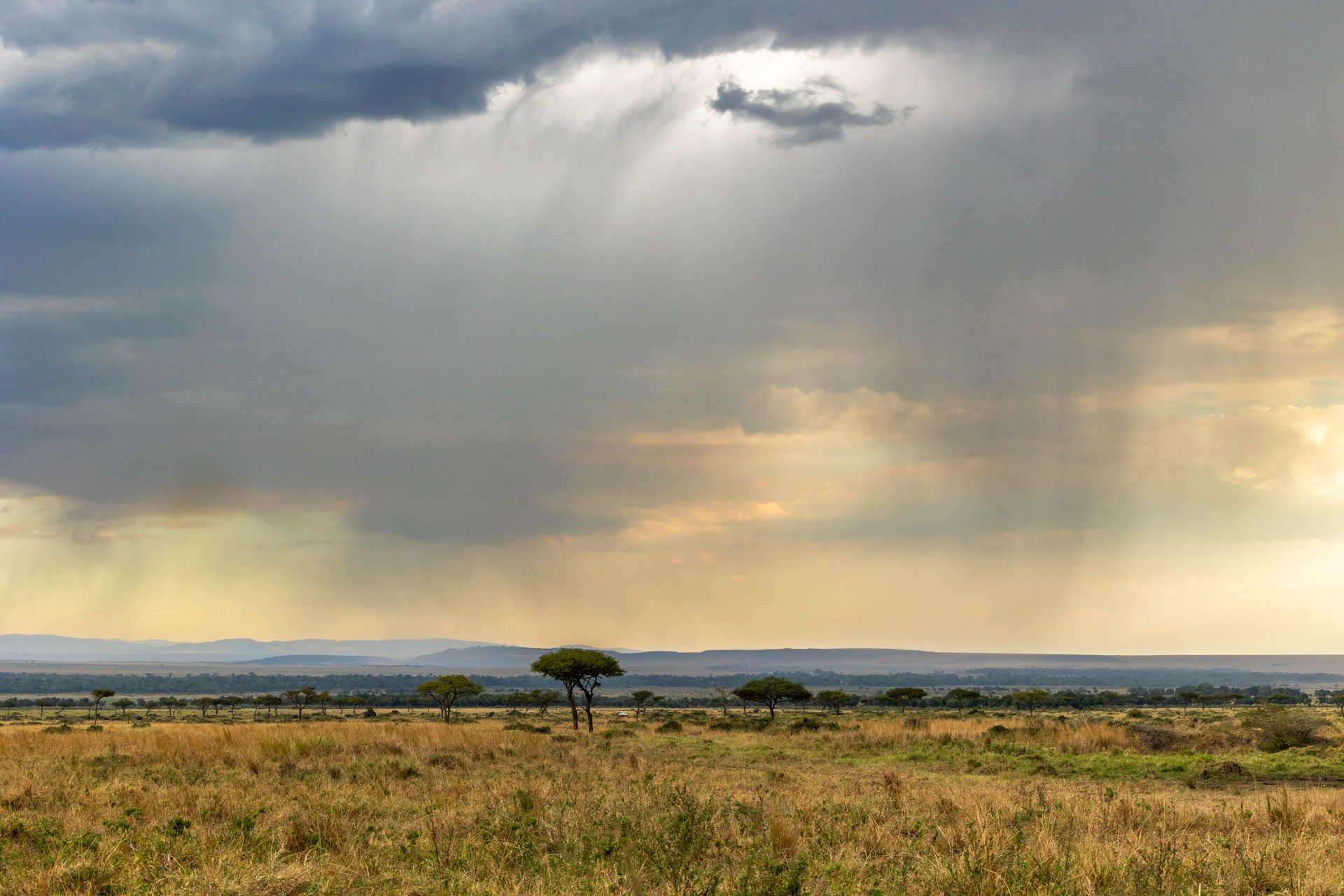
This influx of prey has led to a feast for the big cats in the area. Wildebeest carcasses have become a common sight, and the local prides are making the most of this opportunity. The Angama lioness and her cubs were seen devouring a wildebeest kill beneath the escarpment. The Egyptian Pride also had a successful hunt, quickly taking down four wildebeest. Lions are opportunistic hunters by nature, and when food is abundant, they don't hesitate to capitalise on the chance to gorge themselves.

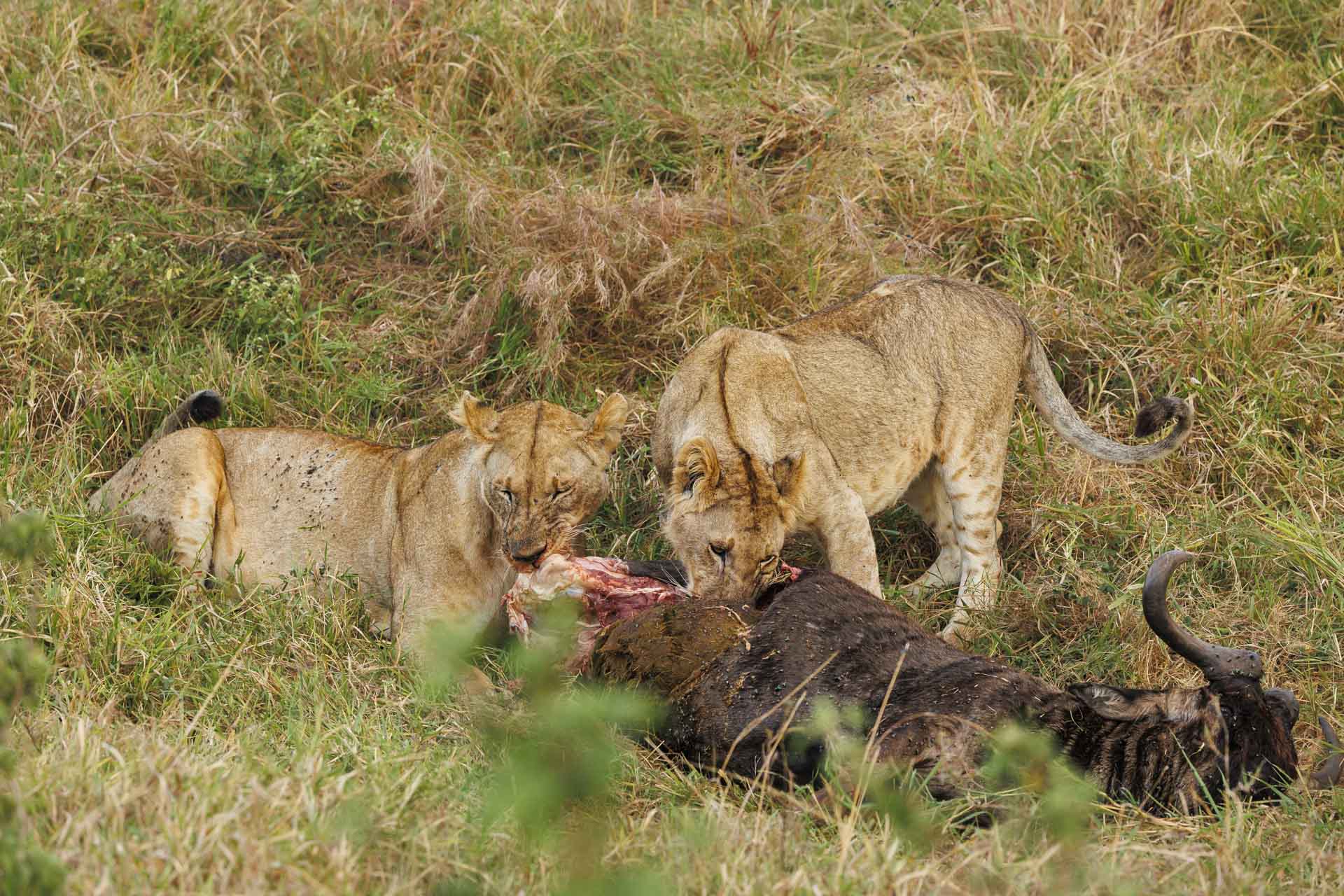
Further afield, Osidai, the Maji Machafu female and her cub have been spotted near the Mara River, waiting near the crossing points as the herds stream in from both sides — the border and the greater Mara.
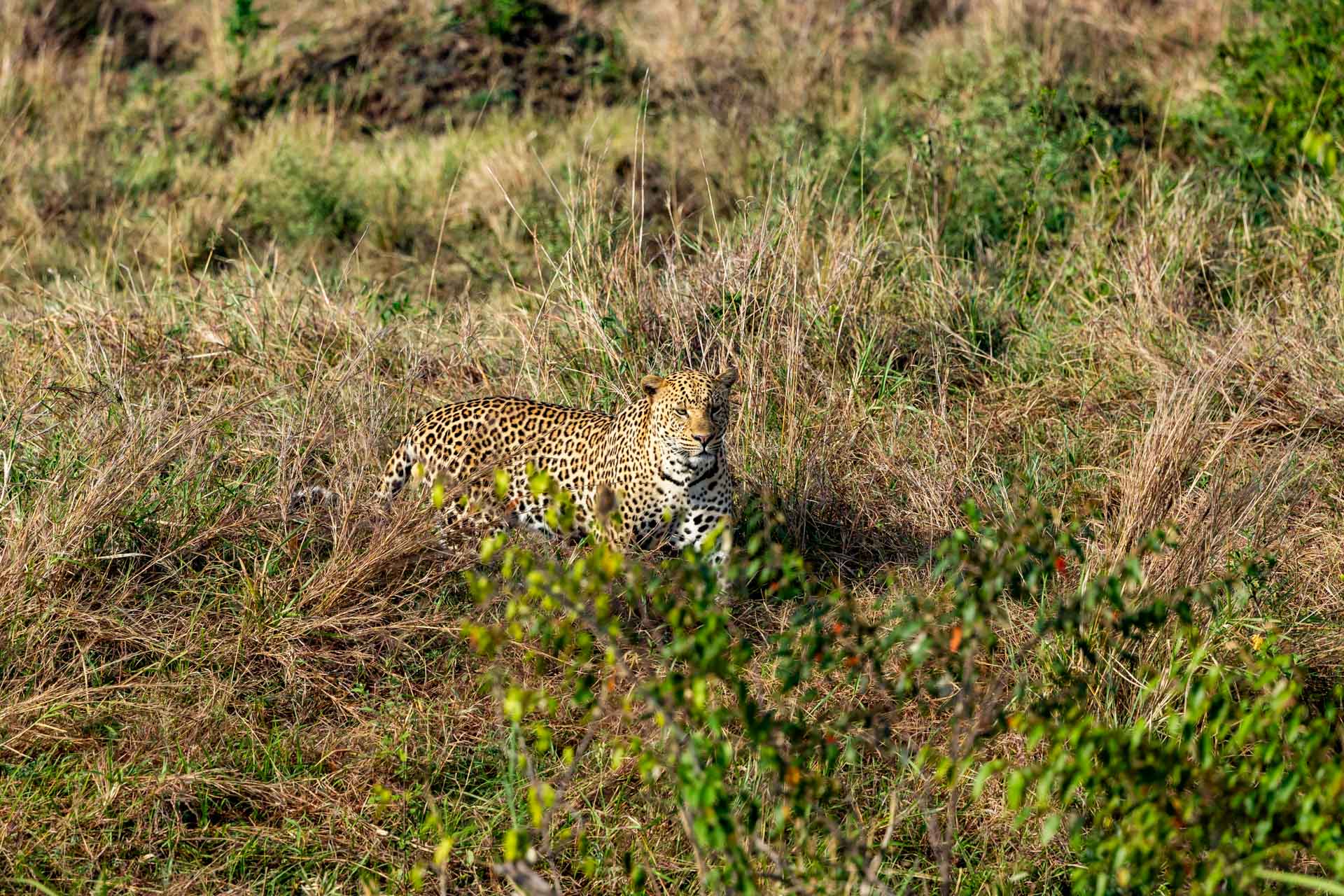

Even the crocodiles are getting in on the action. We watched in awe as one crocodile made a dramatic leap from the water, attempting to snag a zebra whilst crossing as it drank from the river's edge.
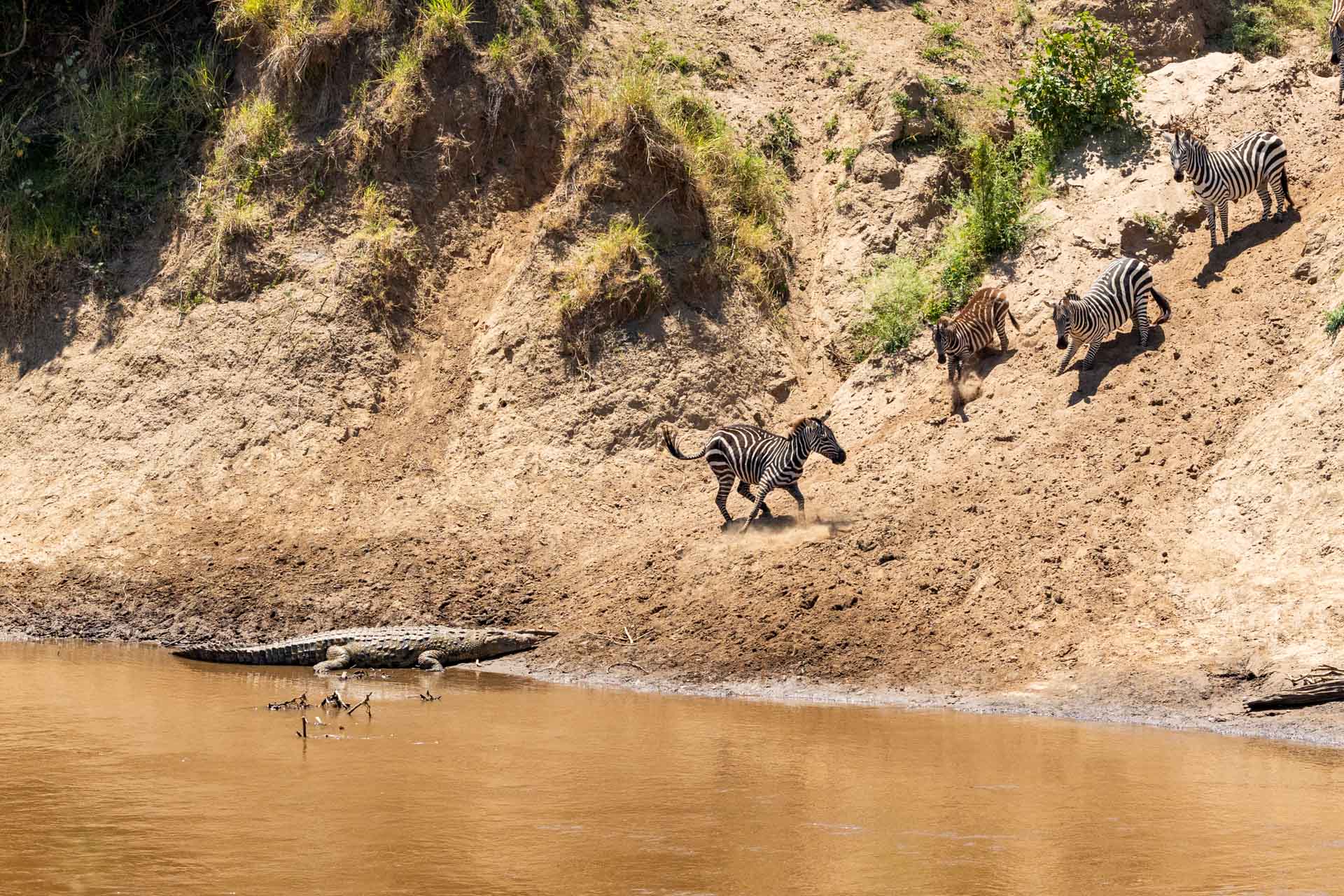
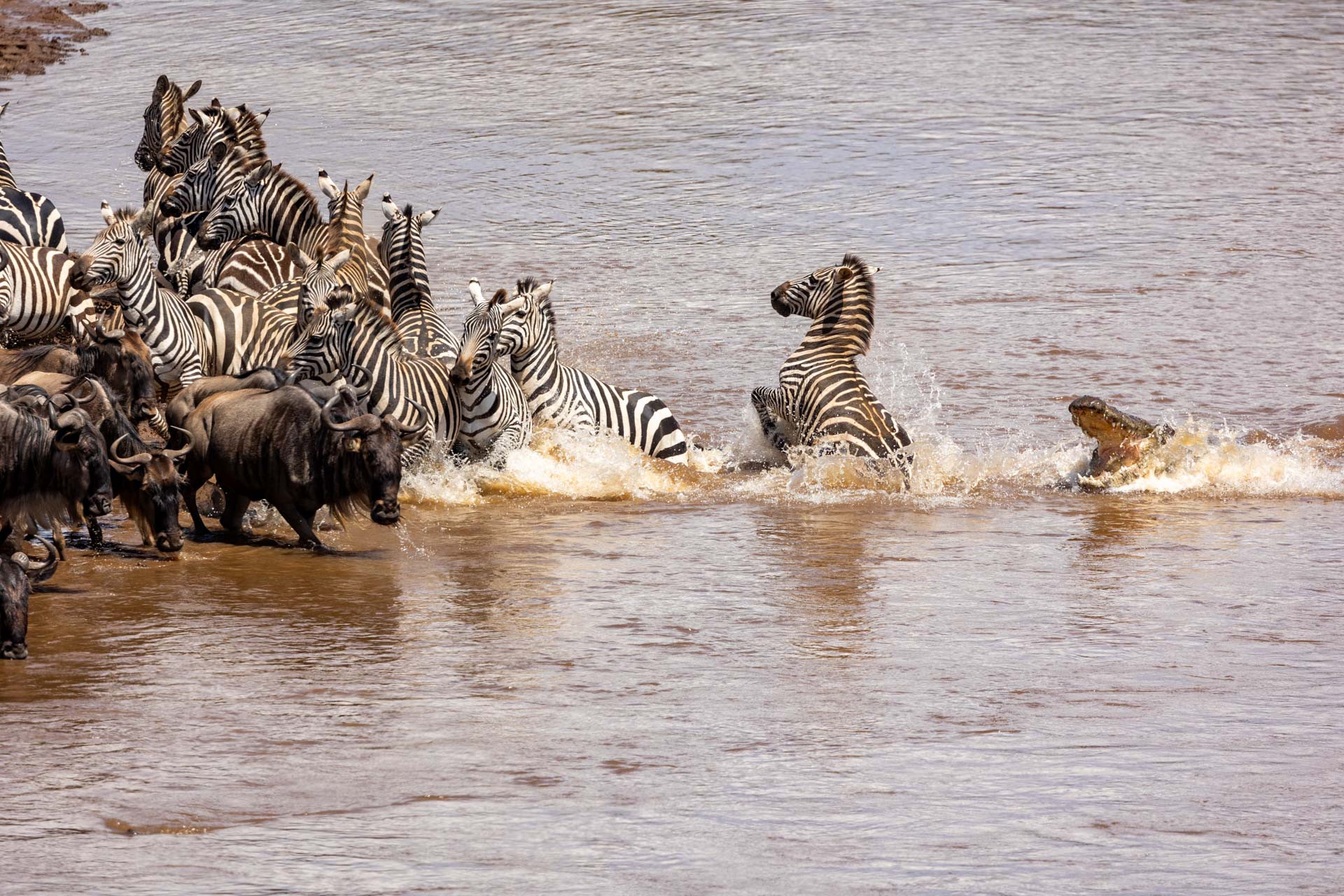
Among the birds, a standout sighting this week was a stunning Ross's turaco, perched high in the trees, feeding on berries. Its beak, with a hard, shell-like extension, gives it a prehistoric look that complements its vibrant beauty. The bird’s multicoloured feathers and striking wings make it one of the most captivating members of the avian world.

The savannah is also home to one of its most feared creatures: the black mamba. Despite its fearsome reputation, this snake is not naturally aggressive. It avoids confrontation and strikes only when threatened or cornered. Known as the fastest snake in the world, it can reach up to 12 miles per hour, though it typically uses its speed to escape danger rather than hunt. Interestingly, its name comes not from the colour of its body — often olive or grey — but from the jet-black interior of its mouth, which it displays as a warning when it senses danger. —Japheth Supeyo
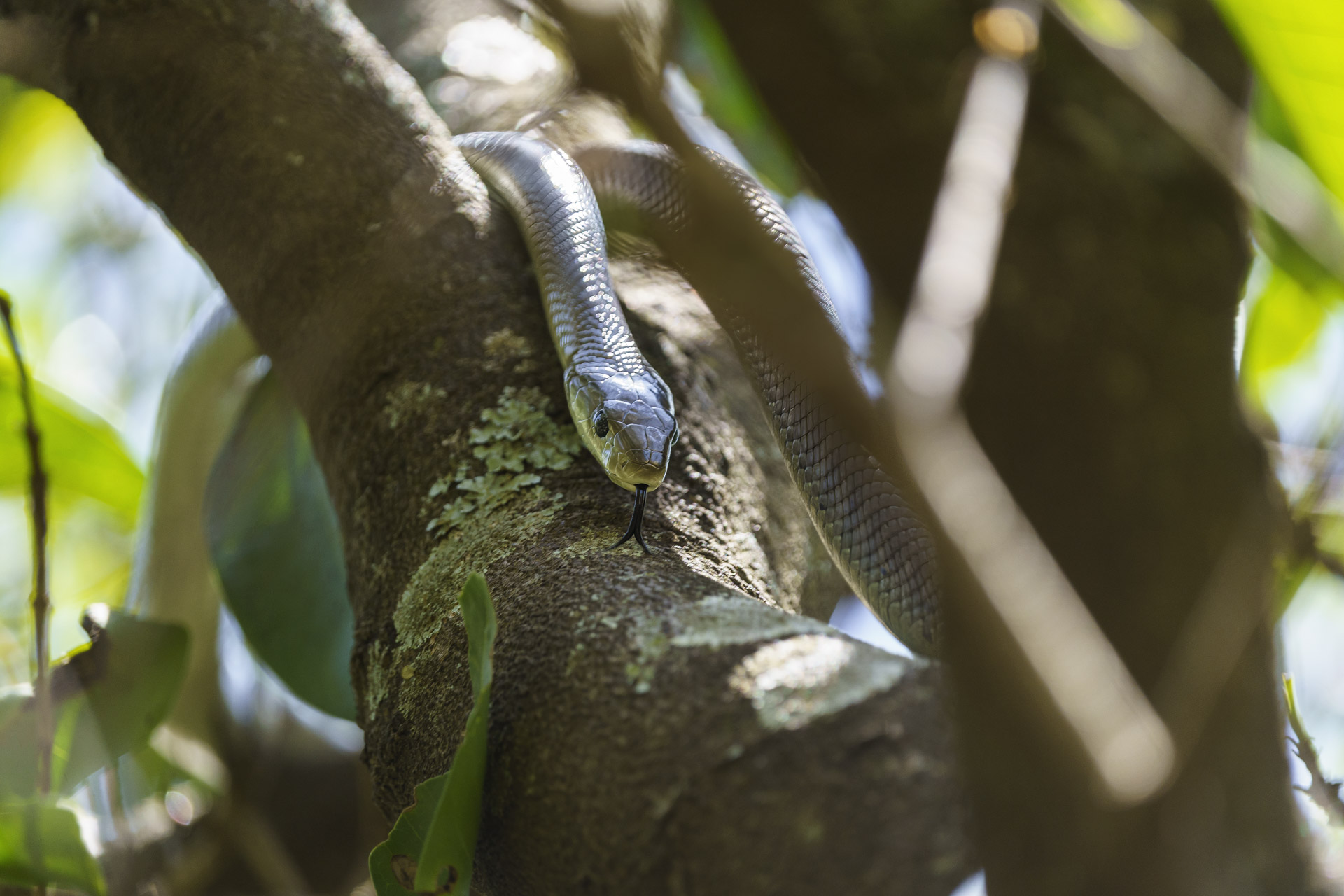
Kimana Sanctuary has emerged as a beacon of hope for wildlife conservation in Kenya. This remarkable refuge has not only succeeded in protecting endangered species but has also played a crucial role in restoring ecological balance.
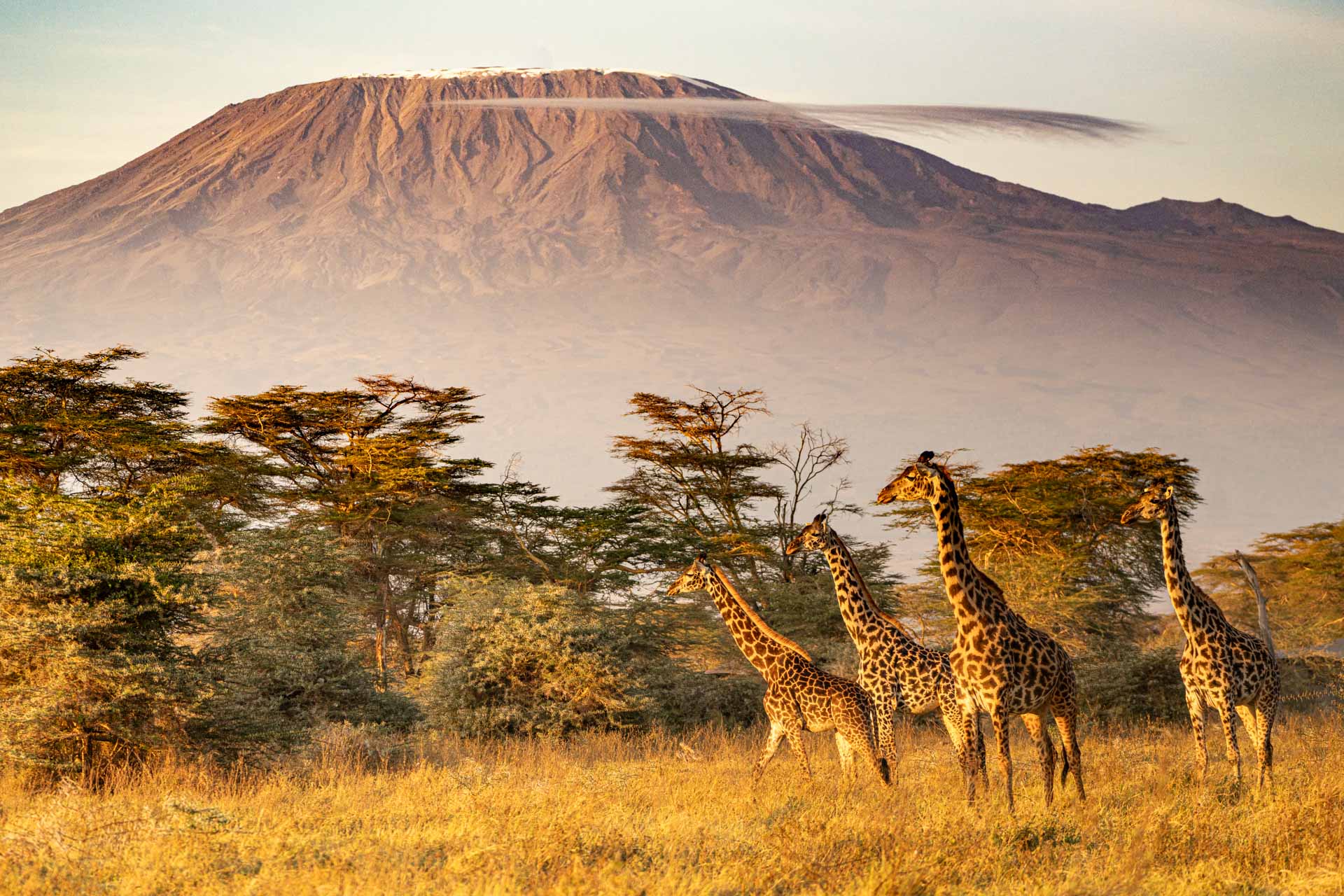
The majestic Mount Kilimanjaro, a towering dormant volcano, looms over the Kimana Sanctuary. Its geological history dates back millions of years, with volcanic activity shaping the landscape. The large, dark volcanic stones scattered throughout the Sanctuary are remnants of these ancient eruptions.
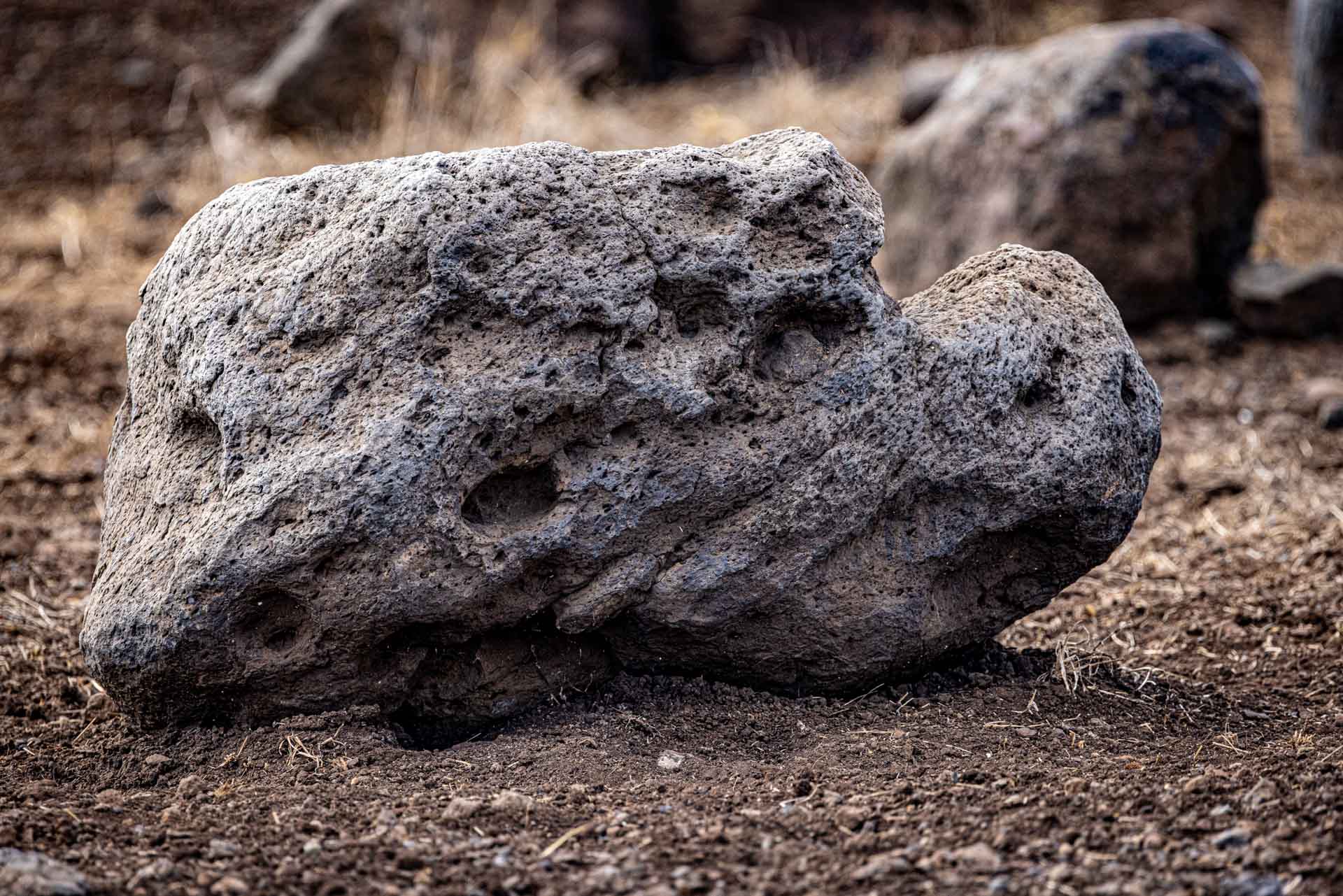
Unfortunately, the tropical glaciers adorning Kilimanjaro's peak have been significantly impacted by global climate change, with a staggering 80% decline in recent decades. This troubling decline highlights the need for immediate global action to combat climate change and safeguard our planet’s irreplaceable wonders. The included false-colour satellite image highlights Kilimanjaro's importance to the surrounding landscape, with the red tones representing dense vegetation.
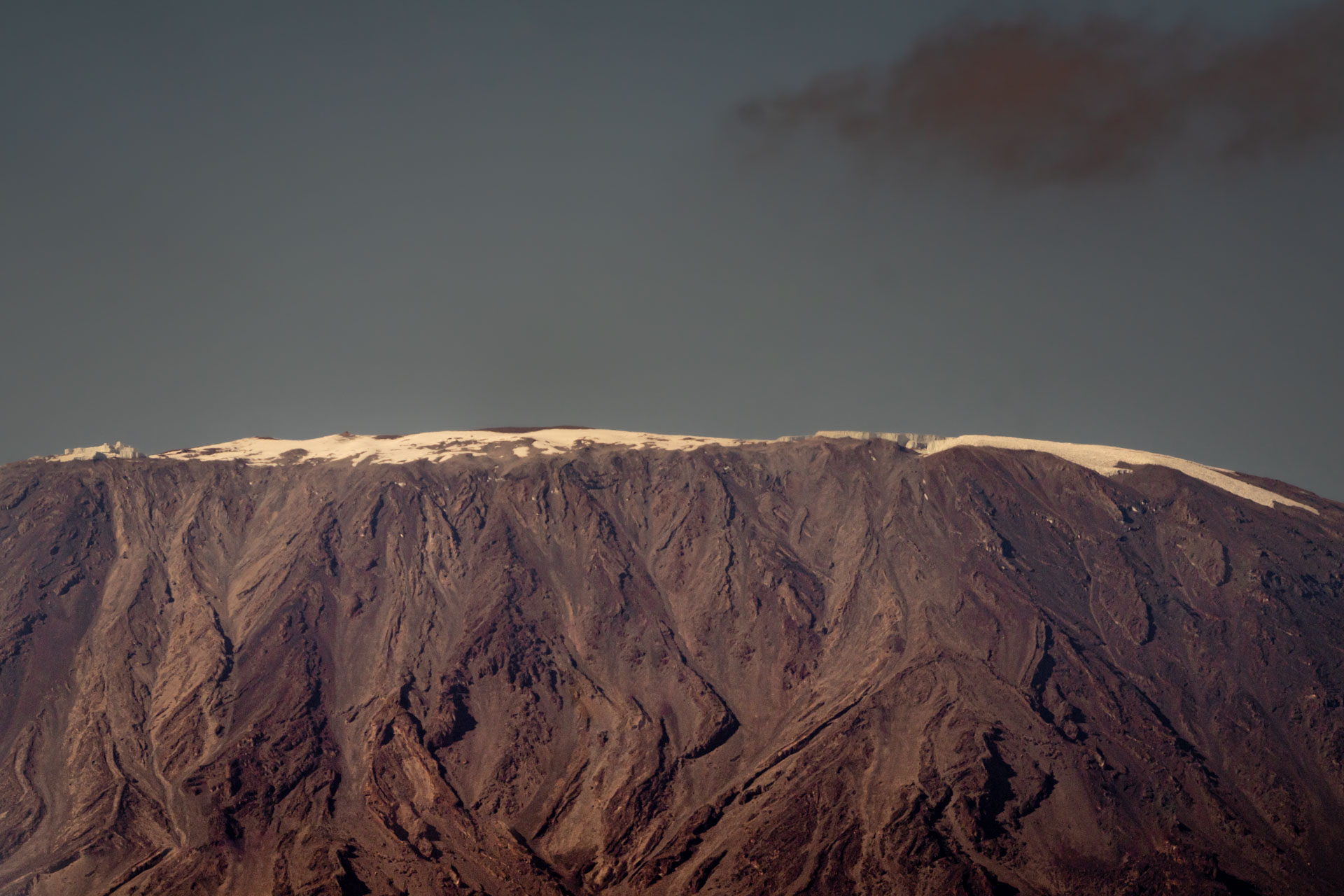
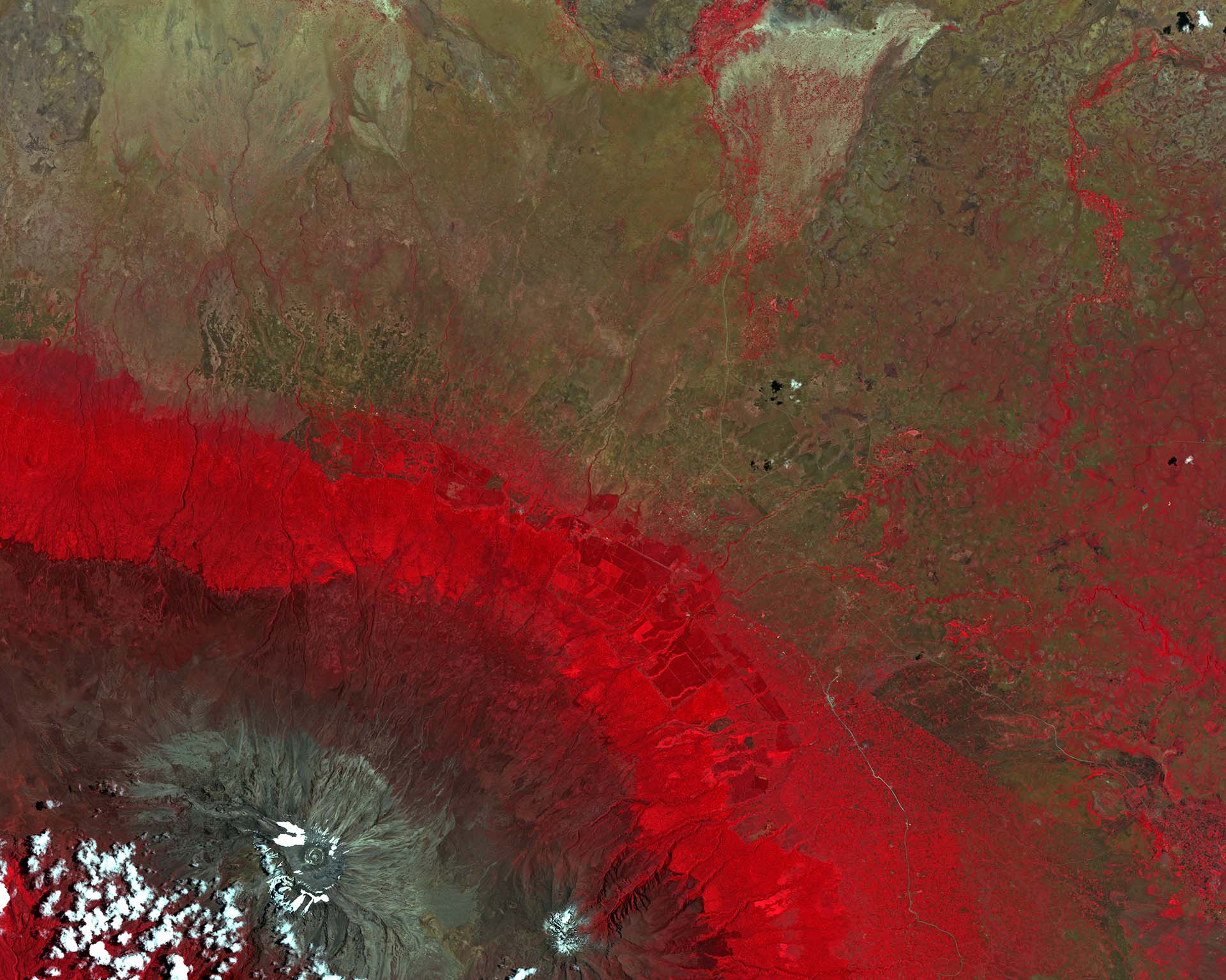
One of the most striking signs of Kimana's success is the increasing number of elephants roaming the Sanctuary. These majestic creatures, their bodies often adorned with bright red soil, are a testament to the Sanctuary's effectiveness in providing safe passage through biological corridors connecting various parks. The vibrant hue of their skin indicates their movement between protected areas, a crucial step in ensuring the long-term survival of elephant populations.

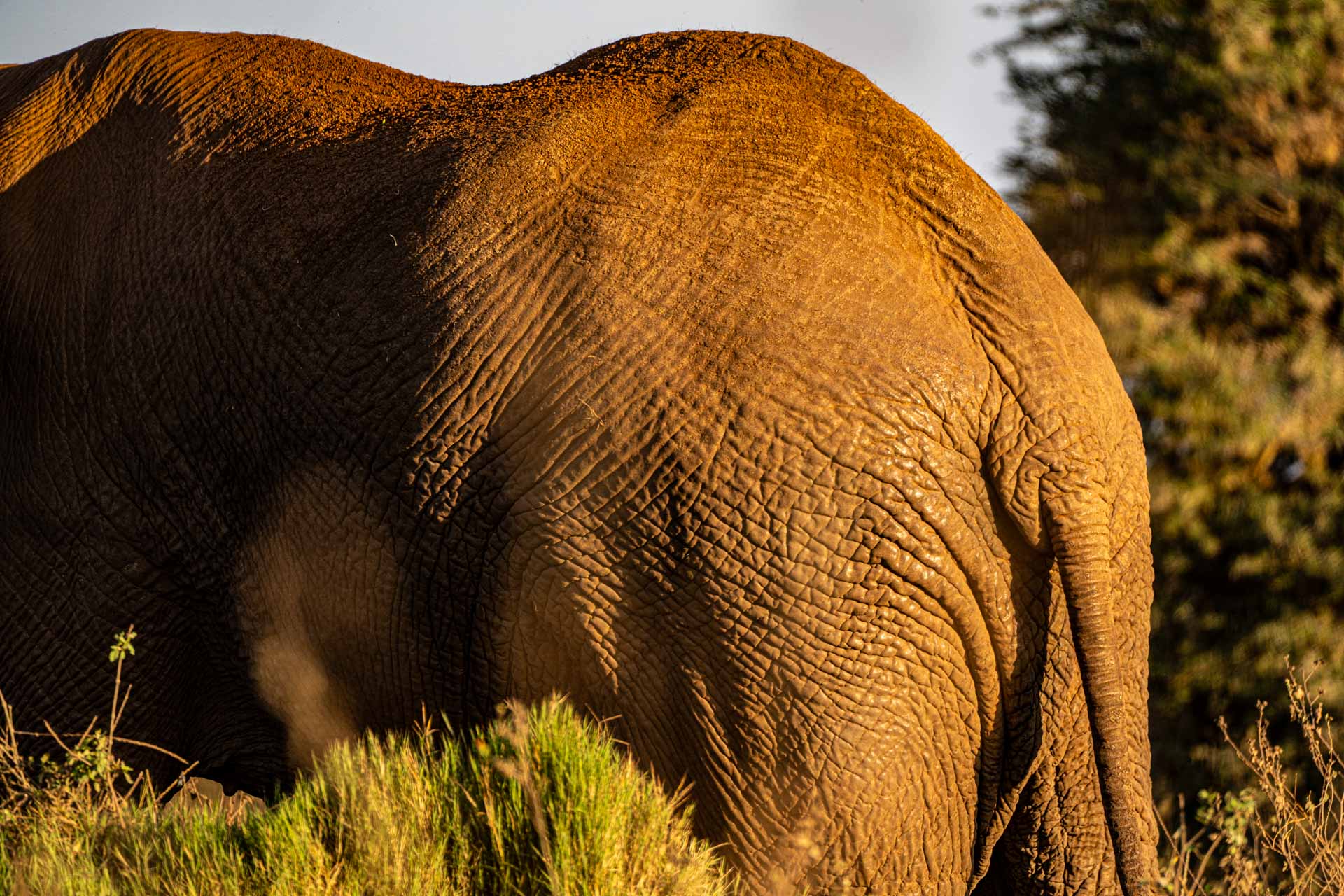
Beyond elephants, Kimana Sanctuary is also home to a thriving population of eland, a large antelope species known for its impressive horns. The Sanctuary maintains a breeding herd of elands, ensuring the continuation of this majestic species. Eland mothers are devoted to their young, providing them with essential care and protection. They nurse their calves, protect them from predators and teach critical survival skills. Eland nurseries support these maternal efforts by providing young calves with a safe and nurturing environment. This ensures eland populations' survival and contributes to the ecosystem's overall health.
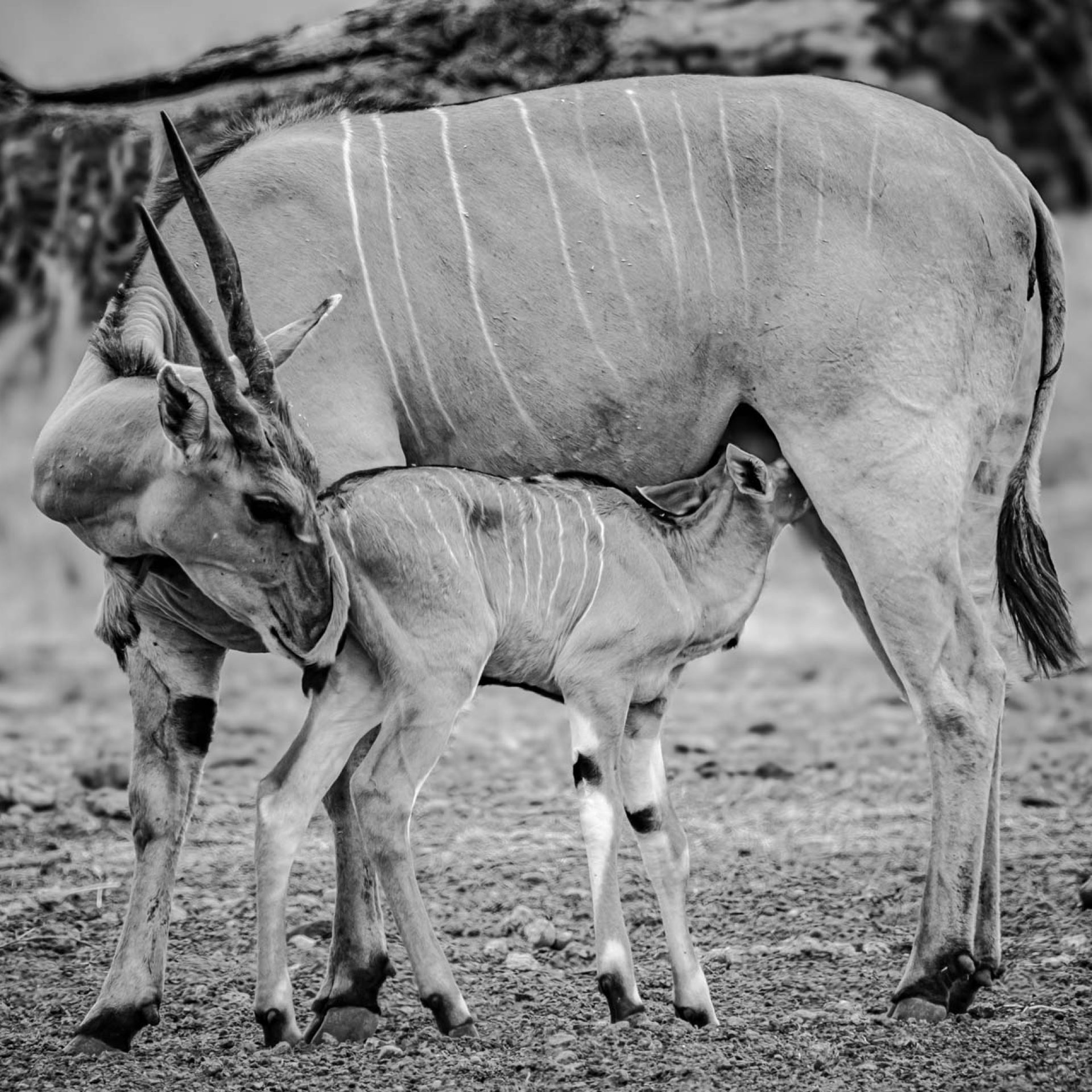
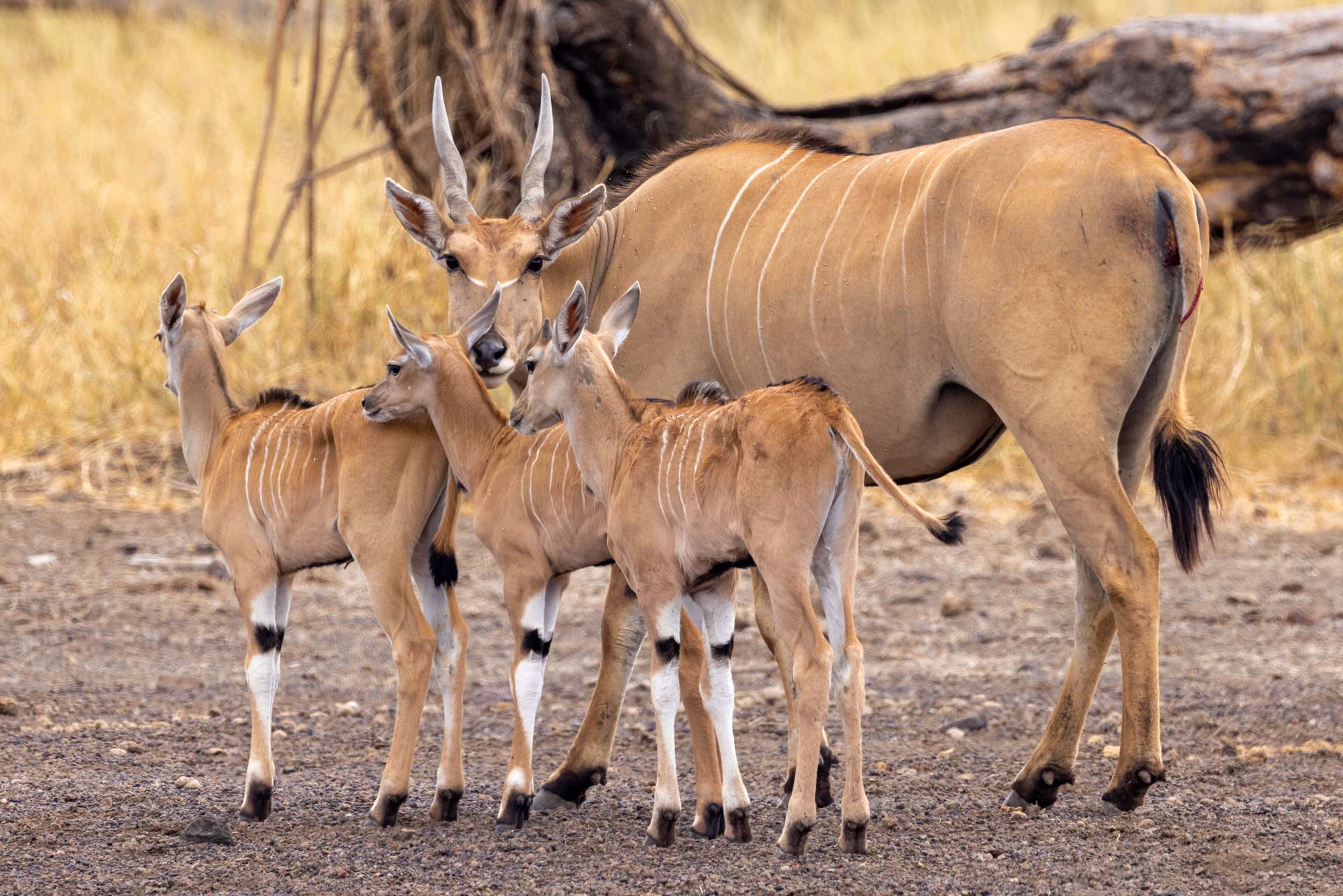
Small but mighty creatures like the tropical spiny agama, a vibrant lizard often seen basking in the sun, and the elusive grey-headed kingfisher add to the Sanctuary's biodiversity. An African hawk eagle was recently spotted near the lodge, adding to the wildlife excitement.
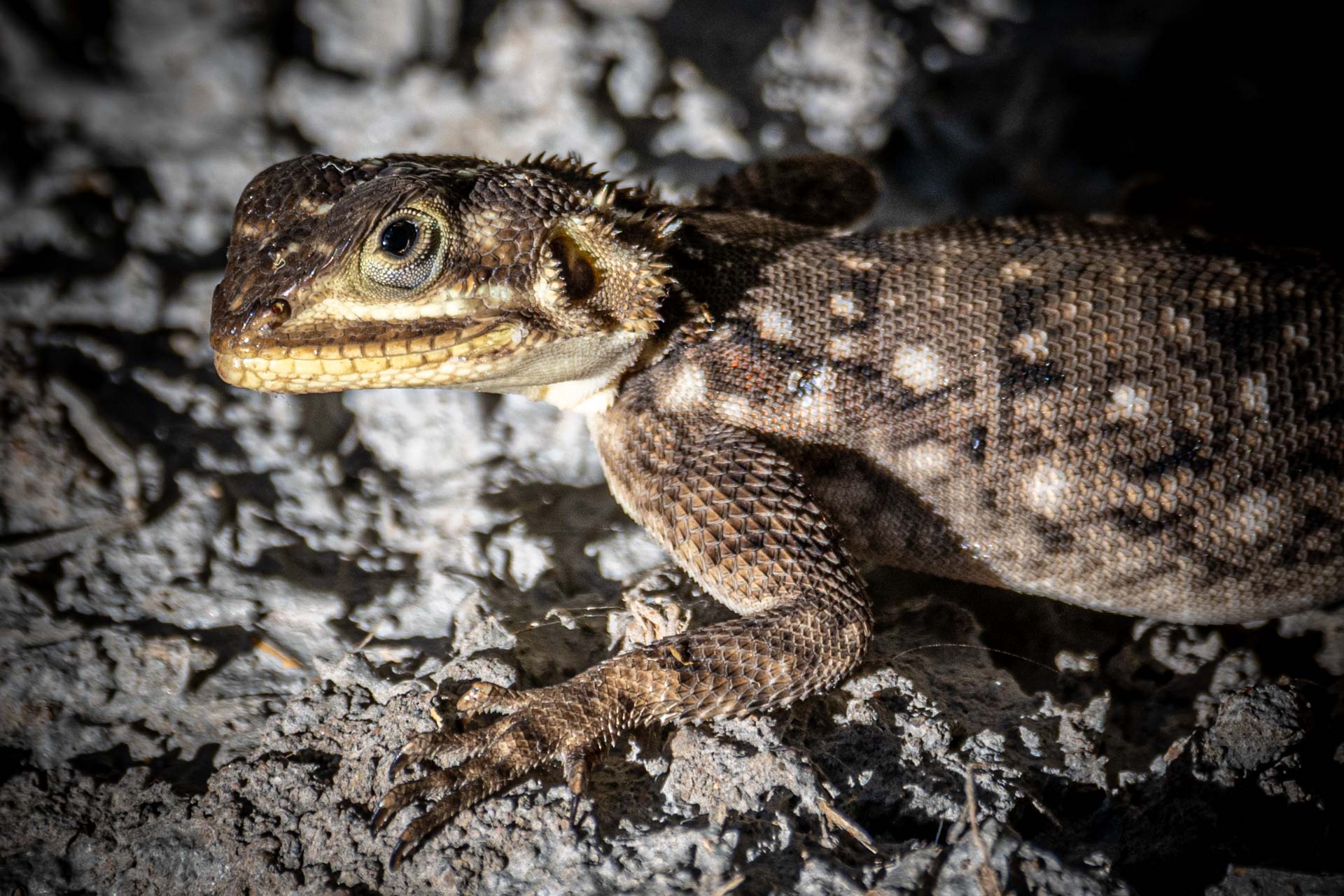
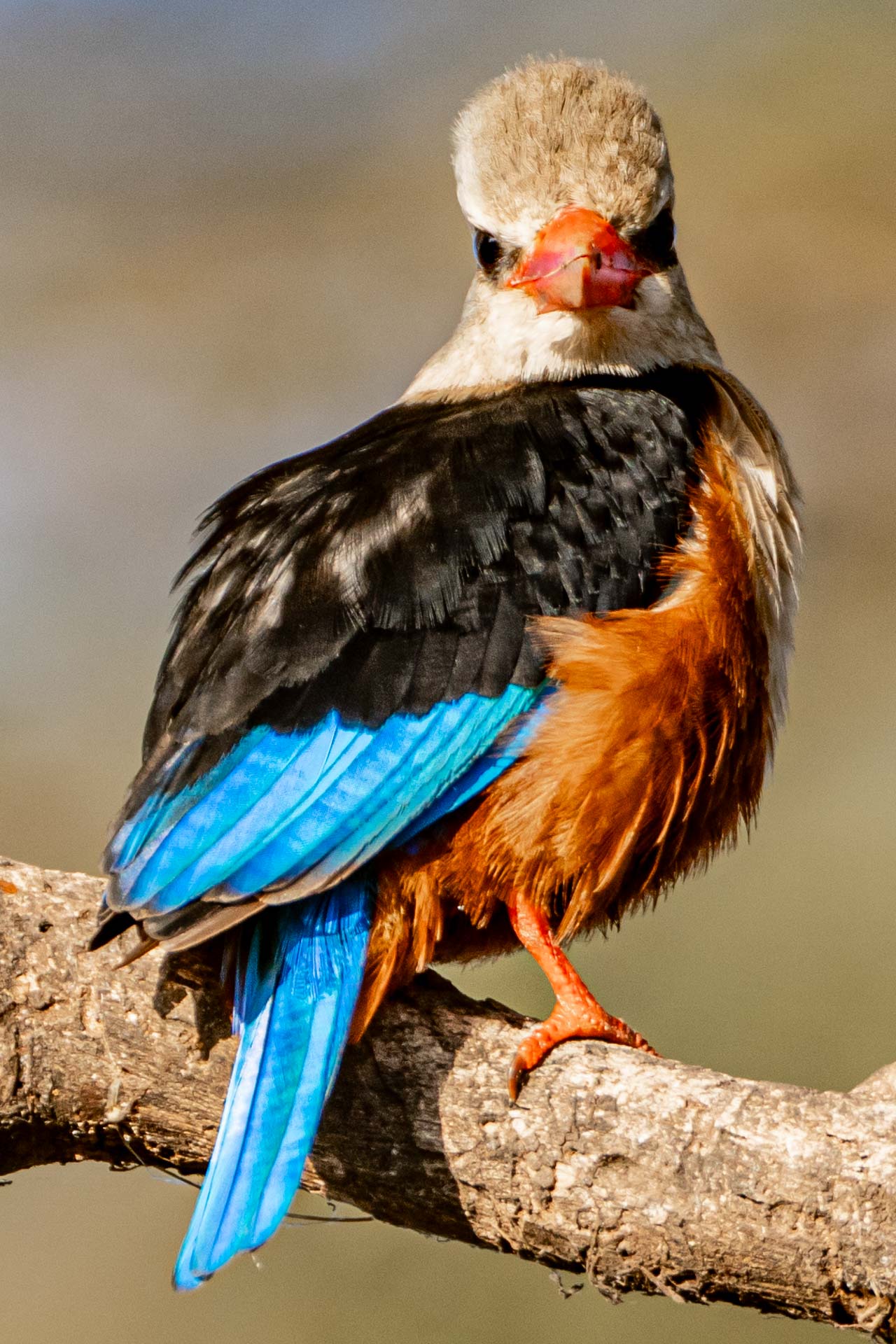

Along the stream, there is always lots of life. The distinction between dragonflies and damselflies, two common insects found in Kimana, is a fascinating aspect of the Sanctuary's ecological tapestry. With their larger bodies and outstretched wings, dragonflies are easily distinguishable from the slender damselflies, which often fold their wings together. This here is a damselfly.
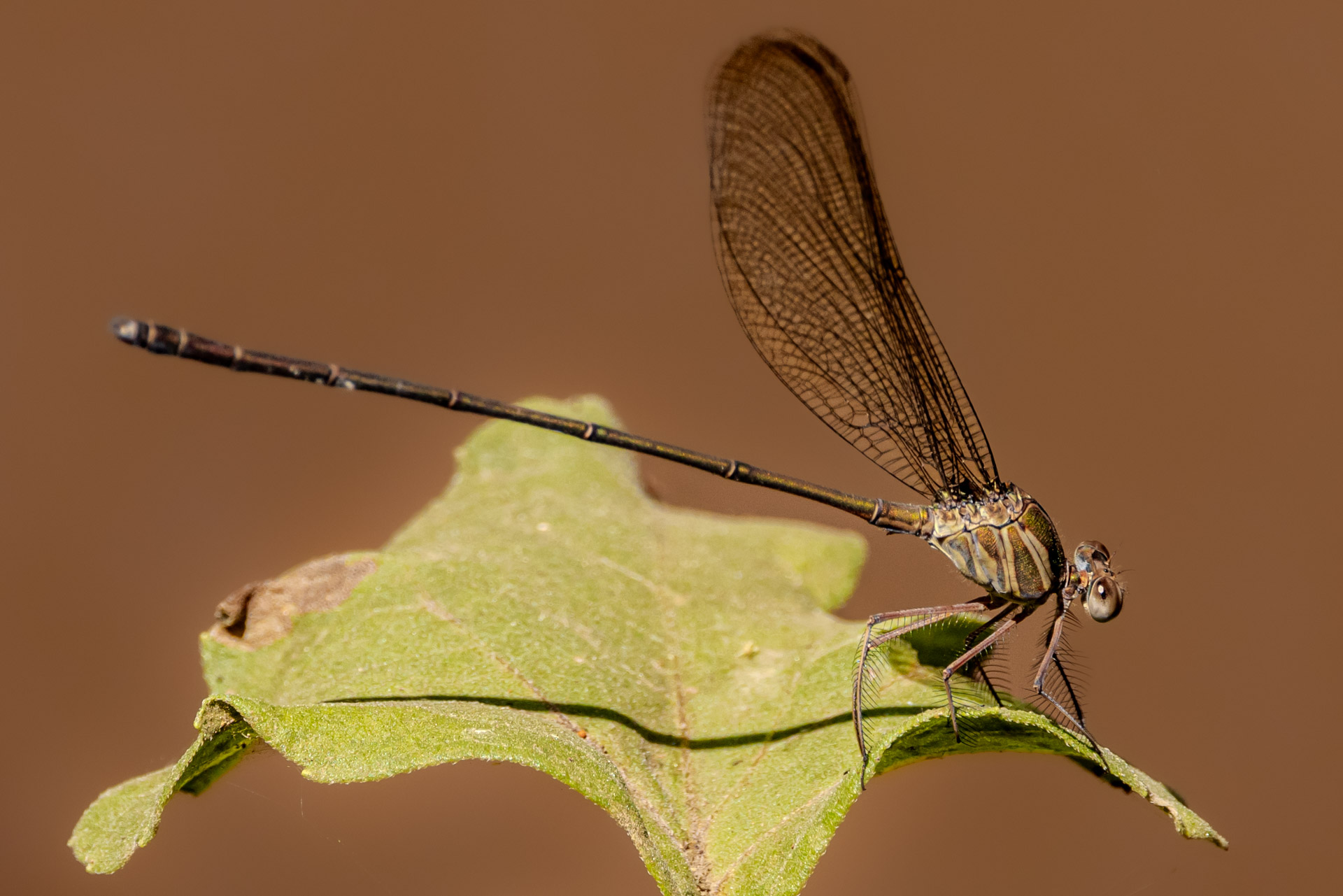
Angama guest, Nature Zi, is an experienced photographer and traveller. He has a keen eye and ability to find wonderful light. While in Amboseli he captured some captivating images of the zebra-fighting drama. Zebra stallions engage in fierce battles to establish dominance within their herds. These fights involve intimidating displays, biting, kicking and butting heads. Despite the intensity of these fights, serious injuries are rare, and are a natural part of zebra behaviour.
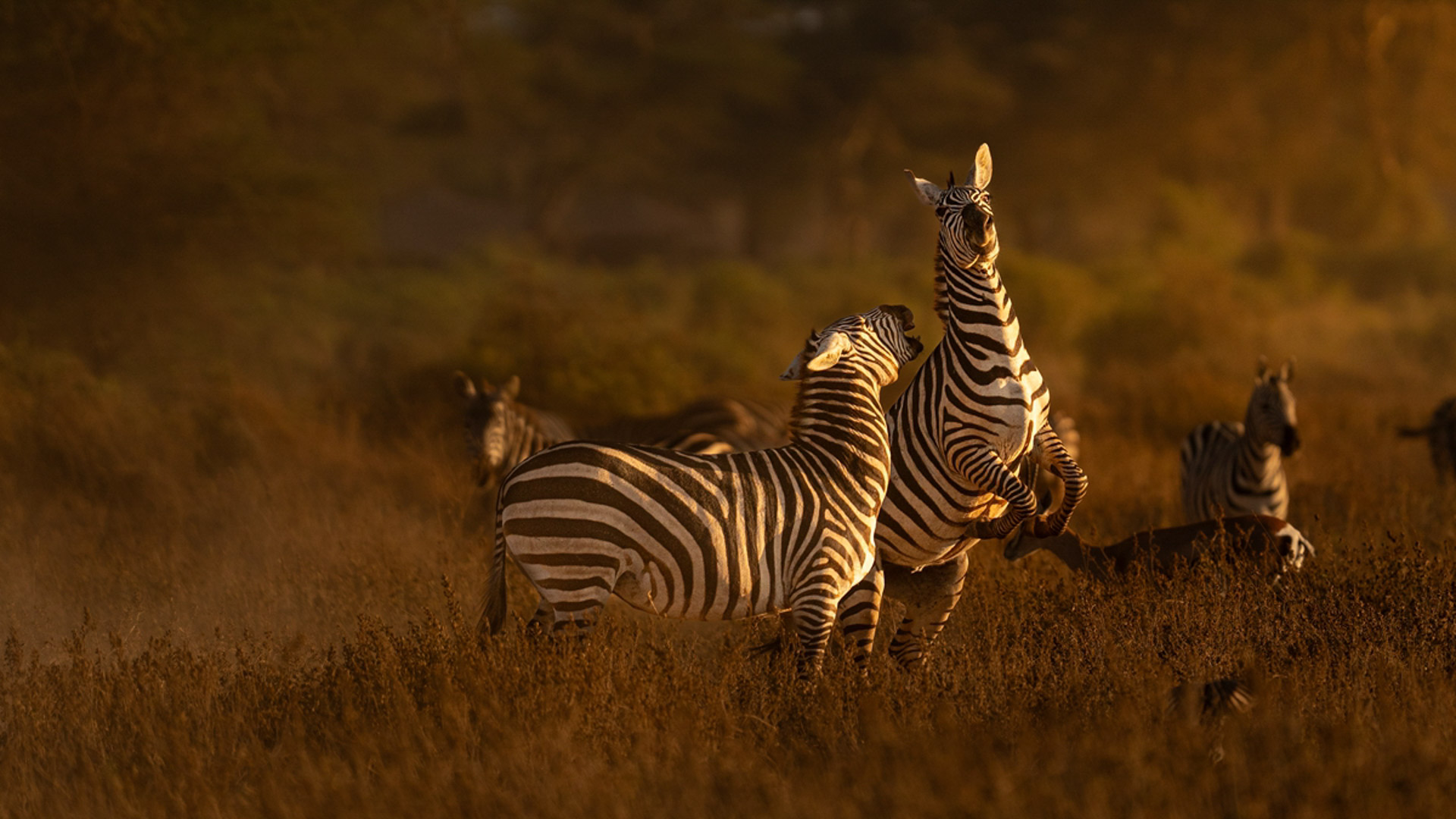
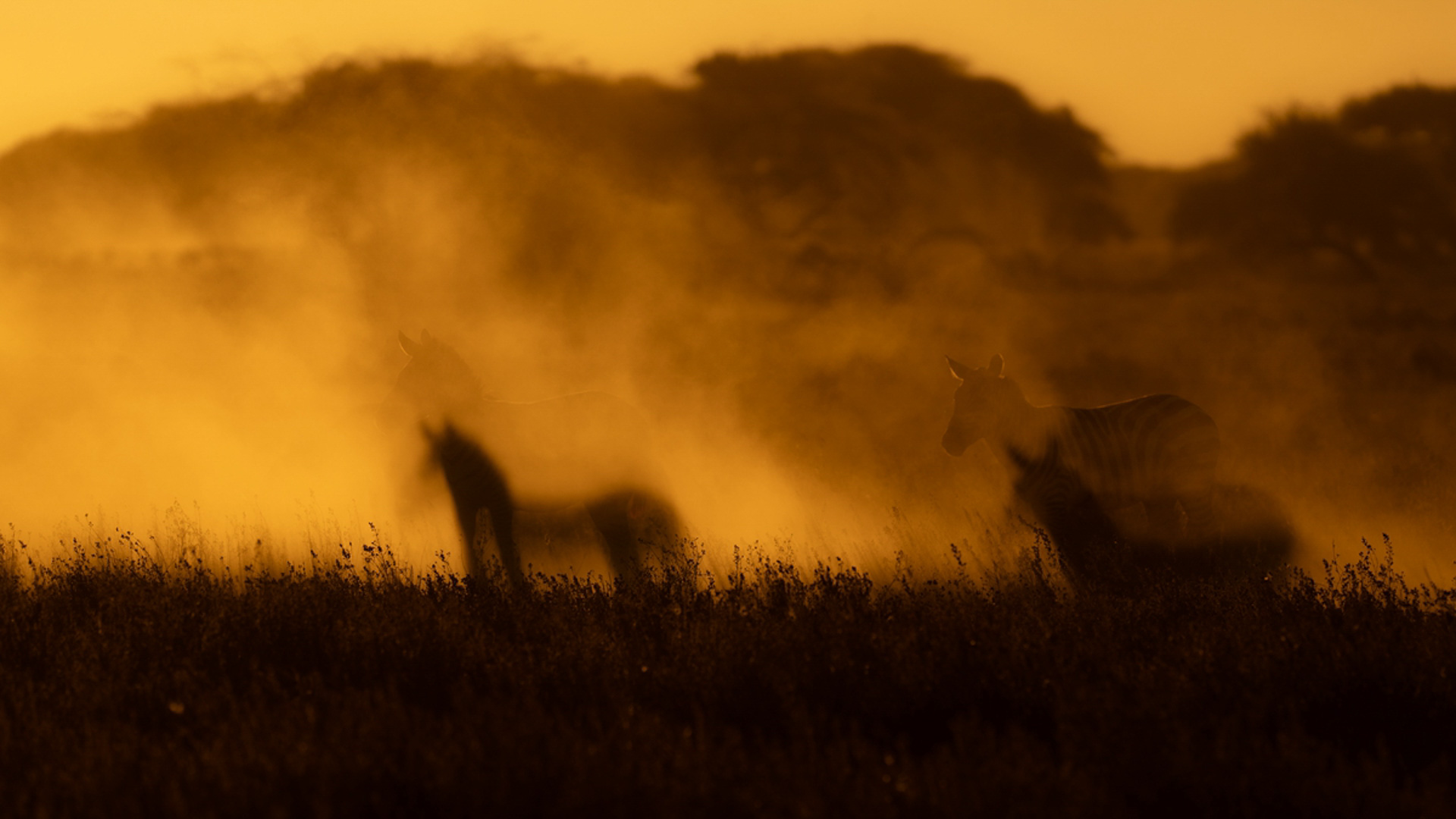
He captured beautiful images of Oshunash and a female in the Sanctuary. You can see the giraffe looking towards the lions. Guides will usually use giraffes as an indicator of where cats are. They can see their surroundings from a better vantage point just by their sheer height.
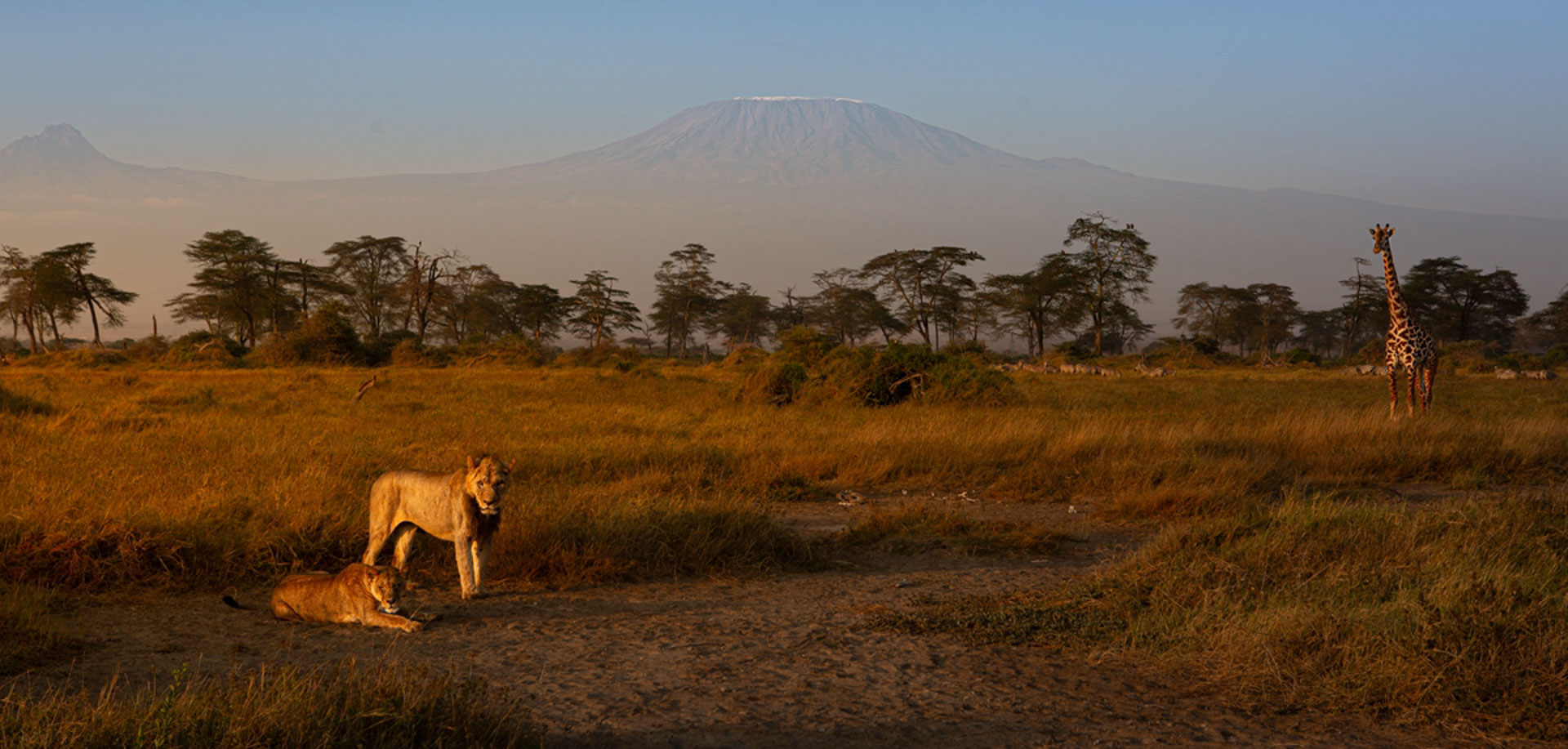
With its commitment to conservation and its success in protecting wildlife, Kimana Sanctuary stands as a testament to the power of human intervention in preserving our natural heritage. As we continue to face the challenges of habitat loss and climate change, the lessons learned from Kimana can inspire us to create a more sustainable future for generations to come.—Andrew Andrawes
Filed under: This Week at Angama
Subscribe for Weekly Stories
Comments (2):
15 September 2024
Any black mambas at your properties? :-) During my one safari trip to Kenya and Tanzania, I always asked about the presence of any mambas!
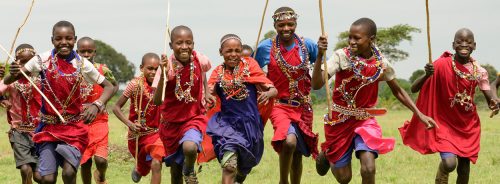
The Angama Foundation